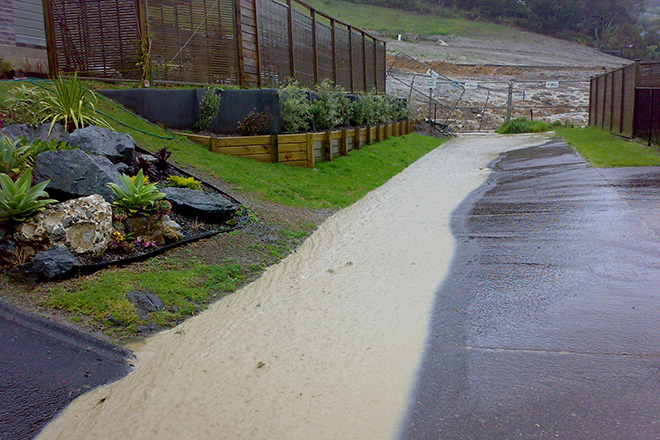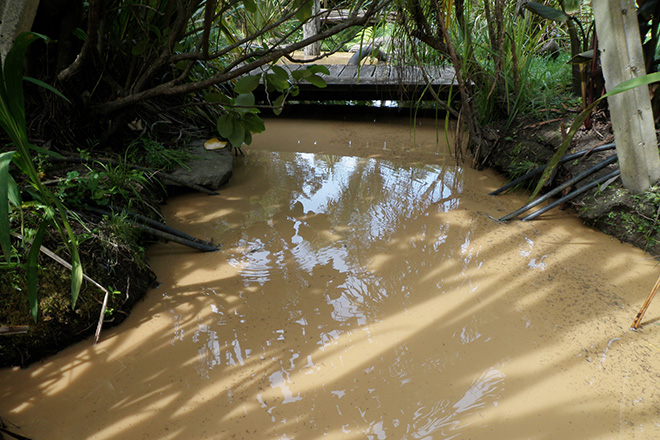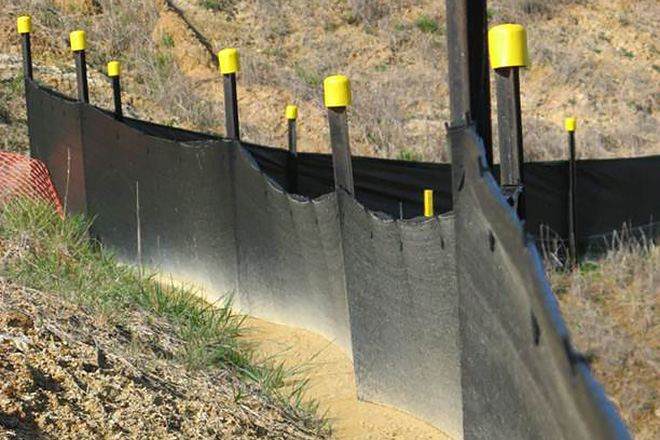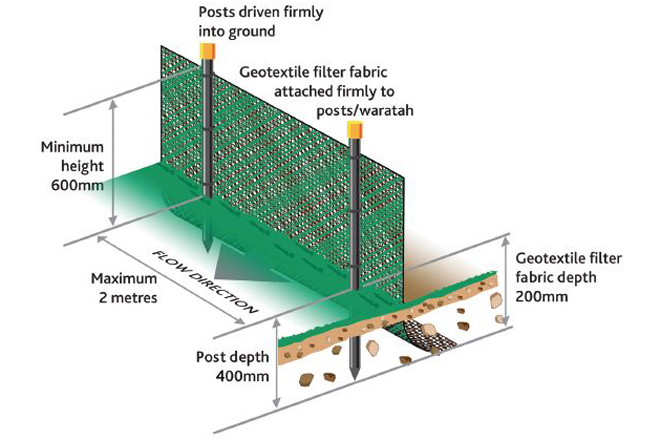Outside drains: don’t pollute our waterways
Codewords 78: May 2017
Unlike the wastewater system, water that goes down stormwater drains flows straight into local streams and the sea without being treated. Anything else that goes down there – mud, concrete, paint – will pollute our waterways and everything that lives in them.

For example, concrete and cement products are extremely toxic and can raise the pH levels of streams, killing all wildlife. It takes 100,000 litres of fresh water to dilute just one litre of concrete slurry to safe levels.
The consequences aren’t only severe for wildlife – discharging contaminants to stormwater drains can result in a $750 fine under the Resource Management Act (RMA) and possible further court action.
One of the things resource consent inspectors look for on-site are the environmental controls you have in place to prevent contaminants such as sediments, clays and concrete products, entering the stormwater network.
Below are some easy, inexpensive tips to ensure clean rainwater is the only thing that goes down stormwater drains at your site.


Poor site controls can result in clay running off a site to the road, down a drain and straight into our local streams and beaches.
Do it right
- Create a stabilised entranceway for your site by putting down GAP 65 aggregate (heavy grade fill), giving tradespeople a place to park and stopping them driving over exposed clay or dirt and tracking it onto the road.
- Install a silt fence on the downhill side of your site to capture sediment run-off.


Never let concrete slurry or wastewater enter stormwater drains on your site, or on the road.
- Keep stockpiles of sediment or soil behind your silt fence, or cover them with plastic sheeting or hay mulch.
- Keep as much grass coverage on-site as possible.
- Before pouring concrete, de-water pile holes and footings to stop slurry spilling out and into drains.
- Never wash concrete equipment where runoff may enter the stormwater drain – wash on unsealed ground such as grass or aggregate.
Remember, you are responsible for your subcontractors so ensure delivery companies or concrete placers don’t wash concrete slurry to the stormwater drains.
Quiz
1) Outside stormwater drains flow:
- to a treatment plant
- to local streams and the sea
- nowhere
2) How deep should a sediment fence be dug into the ground?
- 500mm
- 200mm
- It should sit on top of the ground
3) How many litres of fresh water does it take to dilute one litre of concrete slurry?
- 10L
- 1000L
- 10,000L
- 100,000L
4) A stabilised entrance way with GAP 65 aggregate should be installed to:
- park on
- keep the road clean
- gain better access to your site
- all of the above
5) How much is an RMA fine for discharging pollutants to the stormwater system?
- $300
- $500
- $750
- $1000
Check answers
1) Outside stormwater drains flow:
b. to local streams and the sea
2) How deep should a sediment fence be dug into the ground?
b. 200mm
3) How many litres of fresh water does it take to dilute one litre of concrete slurry?
d. 100,000L
4) A stabilised entrance way with GAP 65 aggregate should be installed to:
d. all of the above
5) How much is an RMA fine for discharging pollutants to the stormwater system?
c. $750
